Summer Fire Threat to Hay & Machinery
The dry conditions currently in some parts of Australia are similar to those seen last year and have led as a warning to all farmers when cutting,...

With a solution-focused approach, we collaborate closely with clients and consultant teams to align on scope, time frames, design objectives, and cost. We’re committed to delivering a strong return on your investment. Are you interested in our work in the commercial and industrial sectors?

Our client, a vet and sheep farmer, needed a shearing shed and yard cover designed for efficiency and innovation. Partnering with our team, he collaborated with fit-out providers to create two custom steel structures tailored to his farm’s needs. His farm is now equipped for better working conditions and long-term success.

Providing Industry-Leading Steel Building Solutions
Central Steel Build, committed to innovation, quality, and customer satisfaction, has solidified its reputation as an industry leader. We're revolutionising agricultural structures, and transforming how farmers and producers approach building solutions. If you’re interested in our work in the agricultural sector, read the article to discover how we’re transforming building solutions.

Oritech combined office and warehouse
Oritech Pty Ltd partnered with us to build a modern office and warehouse facility in Mitchell Park, Victoria. The design featured innovative L-shaped tilt panels for both function and style. Using our Pro. building approach, we delivered a durable, cost-effective, high-quality solution. Seamless collaboration ensured the project was completed on time and within budget.
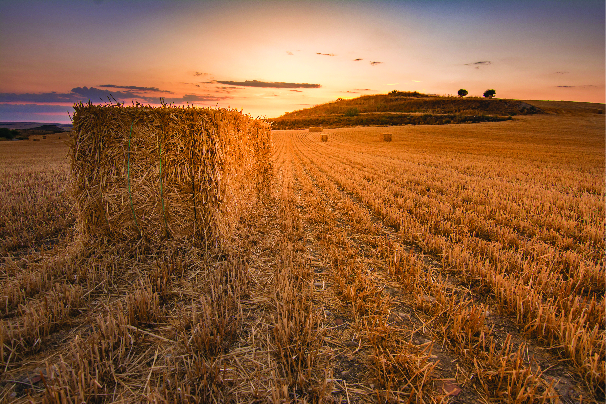
Currently in Australia La Nina is in full swing. Across many states we are experiencing heavy rainfall and stormy weather. Increased rainfall and cloud in the western Pacific is meaning there is an above average spring rainfall, particularly in the east and north. La Nina occurs every 8 years, in history the 6 wettest winter-spring periods on record for Eastern Australia were in La Nina years. The impact of La Nina continues into the warmer months resulting in an increase of 20% in December-March average rainfall in Eastern Australia. To find out more about La Nina and how it could affect your farming click here.
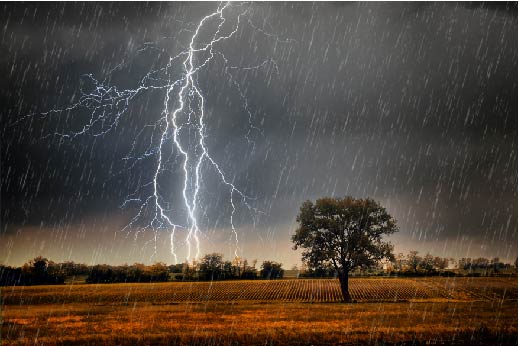
With the wet weather it is more important than ever to ensure farmers store their hay correctly to avoid rain damage. Hay that has been rained on looses considerable quality as every farmer knows. There are four different ways in which cut hay is degraded once it has been rained on. These are explained below.
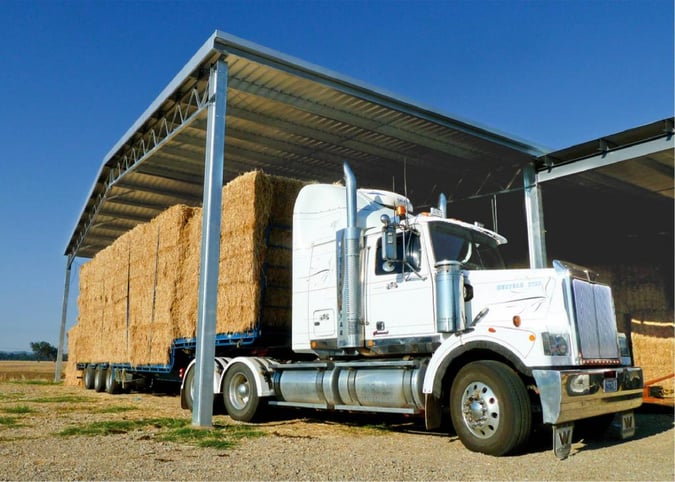
Storing your own hay is convenient and economical if done correctly. Keeping hay undercover, correctly stored maximises the quality and quantity of good hay out of your crop. To find out more about storing your hay correctly click here.

Investing in a hay shed can bring return very quickly especially in this wet weather and is an even more favourable option at the moment due to government taxation incentives for farmers. Low interest loans are available through the Regional Investment Corporation from the Federal Government to assist farmers in financial need. Initiatives such as instant asset write off up to $150,000 and fodder storage deductions has been extended for agribusinesses as part of the 2020 Budget. Find out more about the government tax deductions here.
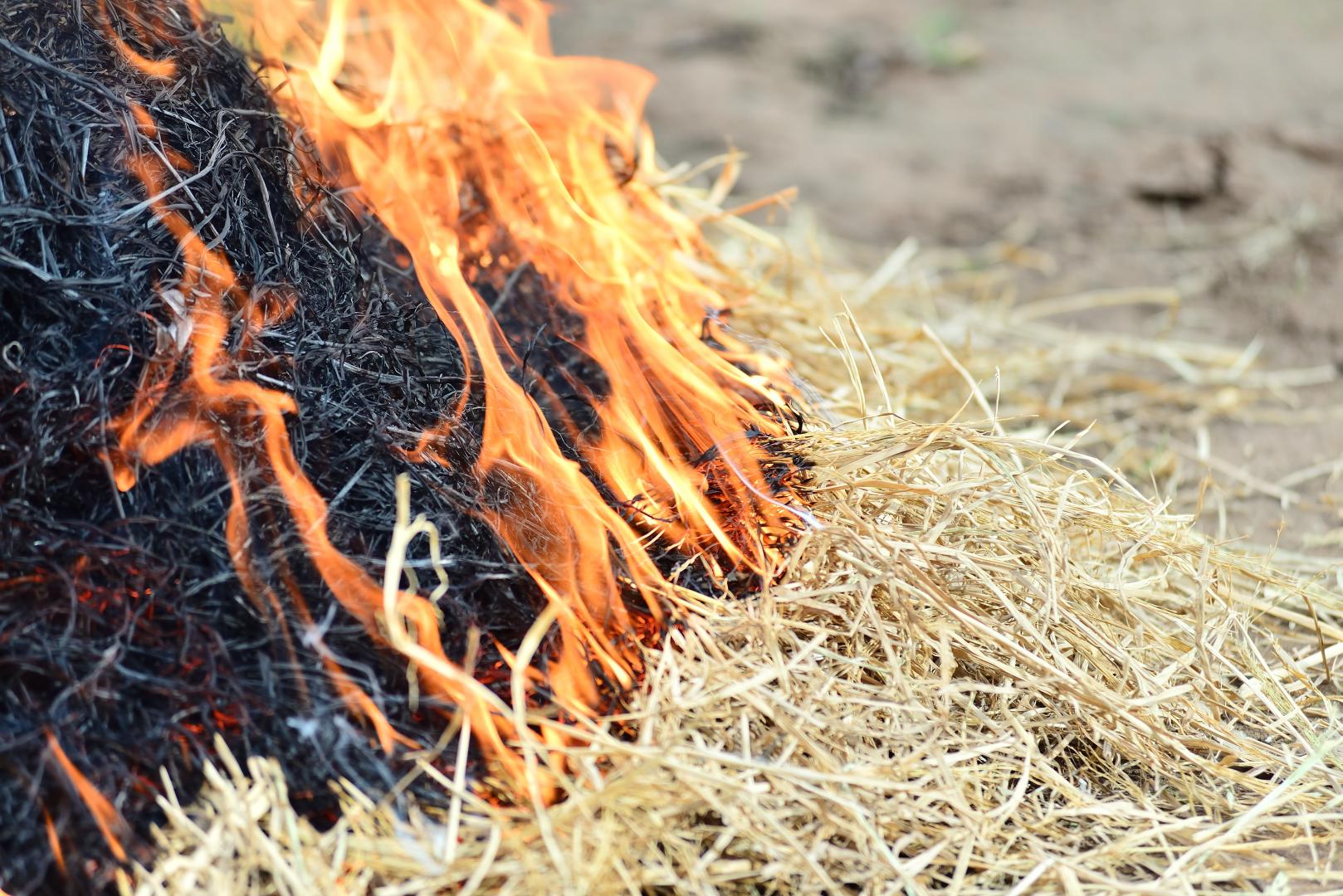
The dry conditions currently in some parts of Australia are similar to those seen last year and have led as a warning to all farmers when cutting,...
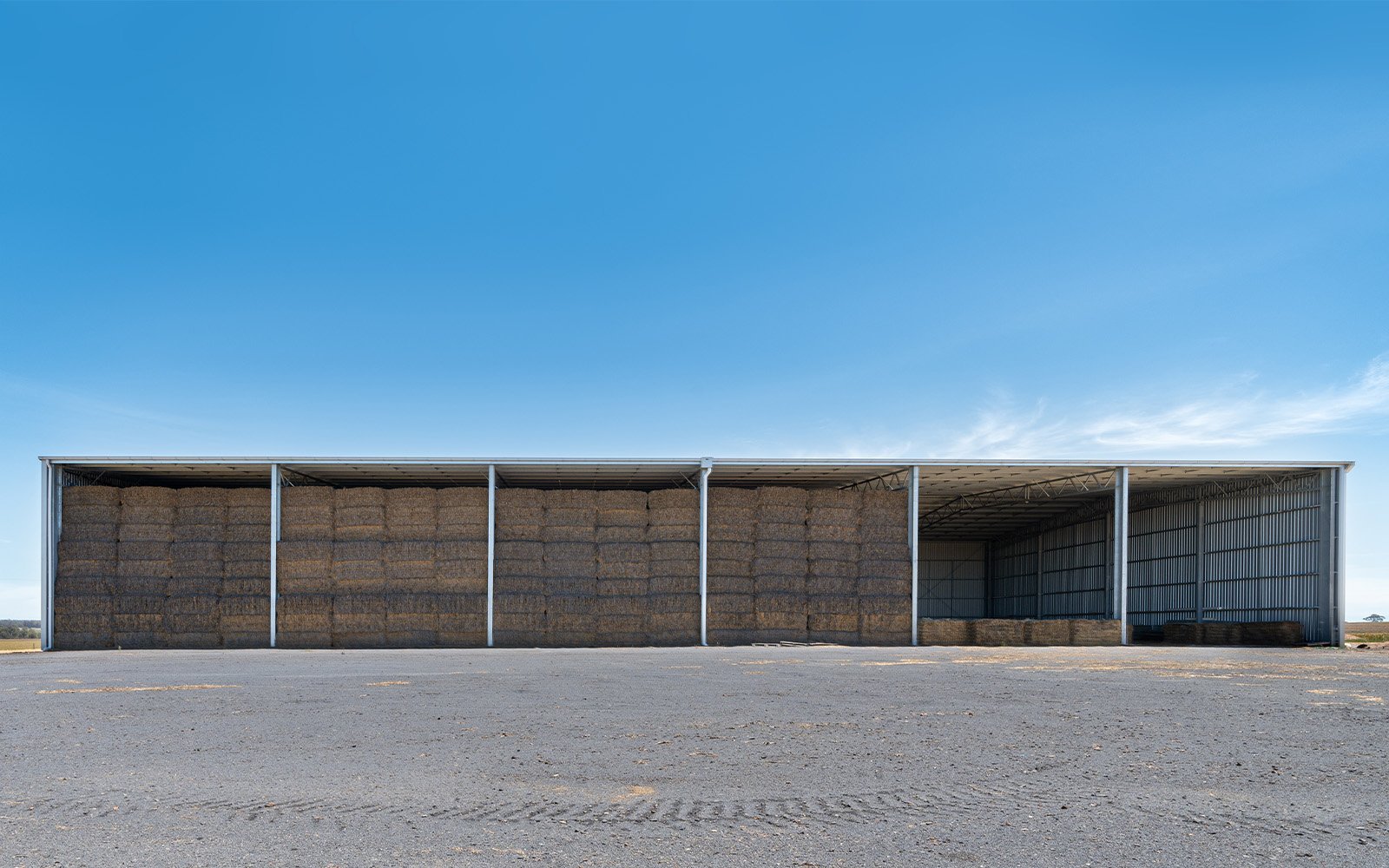
When it comes to agriculture, one of the most important tasks you have is ensuring you have adequate storage for your hay. This is where a hay shed...
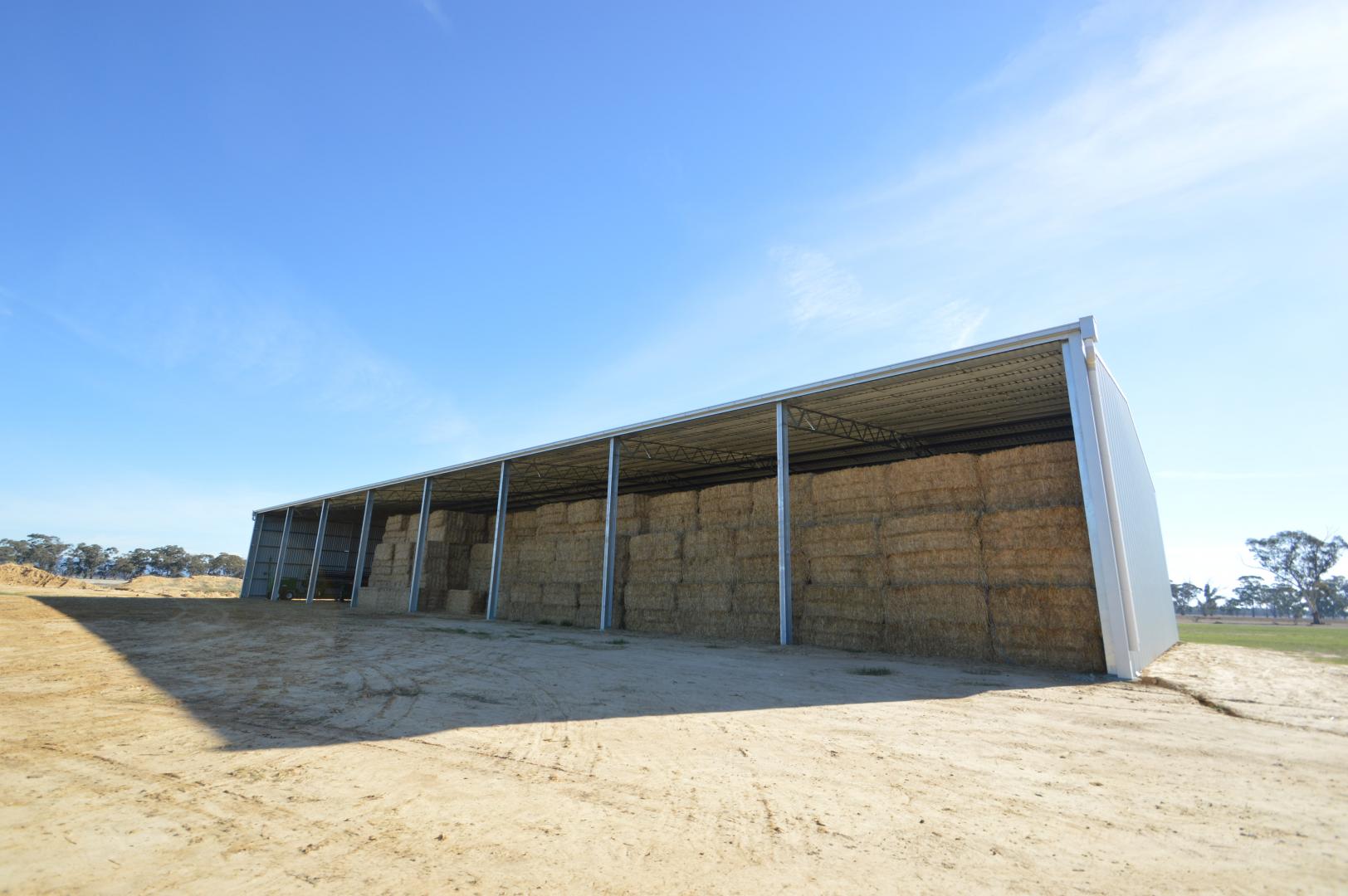
Effective storage management of your hay bales or straw is a sound investment for your farm. A multi-functional hay shed will protect your bales...